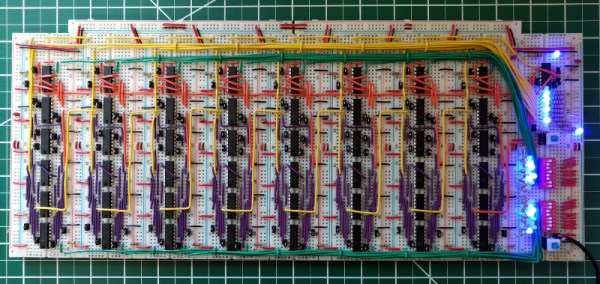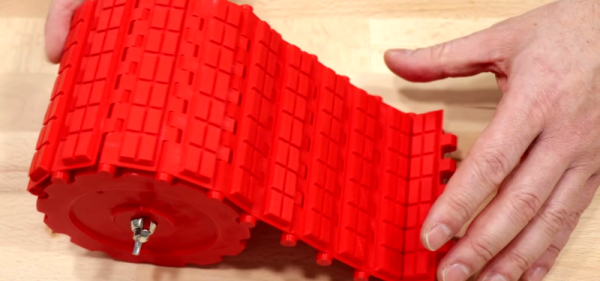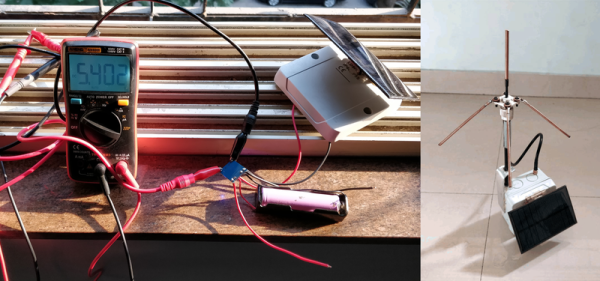Get ready for another step towards our dystopian future as scientists have invented a way to track and monitor what we eat. This 2mm x 2mm wireless sensor can be mounted on to teeth and can track everything that goes into your mouth. Currently it can monitor salt, glucose, and alcohol intake. The sensor then communicates wirelessly to a mobile device that tracks the data. Future revisions are predicted to monitor a wide range of nutrients and chemicals that can get ingested.
It uses an interesting method to both sense the target chemicals and communicate its data. It consists of a sandwich of three layers with the central layer being a biosensor that reacts to certain chemicals. The complete sandwich forms a tiny RFID antenna and when RF signals are transmitted to the device, some of the signal gets absorbed by the antenna and the rest reflected back.
The mechanism is similar to how chromatography works for chemical analysis where certain chemicals absorb light wavelengths of specific frequencies. Passing a calibrated light source through a gas column and observing the parts of the spectrum that get absorbed allows researchers to identify certain chemicals inside the column.
This technology is based on previous research with”tooth tatoos” that could be used by dentists to monitor your oral health. Now this tiny wireless sensor has evolved to monitoring the dietary intake of people for health purposes but we’re pretty sure Facebook is eyeing it for more nefarious purposes too.

















